The Benefits of Endoscopy: Why It’s a Preferred Diagnostic Tool for Gastrointestinal Issues
Endoscopy has become a fundamental diagnostic tool in modern medicine, particularly for examining and diagnosing gastrointestinal (GI) disorders. Its minimally invasive nature, high accuracy, and broad range of applications make it a preferred method for detecting and treating various conditions within the digestive tract. This blog will explore the advantages of endoscopy, its role in detecting GI issues, and why it’s often the go-to method for doctors when investigating these problems.
What is Endoscopy?
It is a medical procedure that involves inserting a long, flexible tube with a light and camera at its tip into the body to observe internal organs and tissues. The images captured during the procedure are transmitted to a monitor, enabling doctors to examine areas of the body in real time. Endoscopies are commonly performed to investigate symptoms in the digestive tract, such as stomach pain, difficulty swallowing, chronic indigestion, or unexplained weight loss.
Types of Endoscopy
There are several types of endoscopy procedures, depending on which part of the body needs examination:
- Gastroscopy: For examining the upper part of the digestive system, including the esophagus, stomach, and duodenum.
- Colonoscopy: Used for inspecting the large intestine (colon) and detecting conditions such as colorectal cancer or polyps.
- Sigmoidoscopy: Similar to a colonoscopy but focused on the lower part of the colon.
- Bronchoscopy: To examine the airways and lungs, useful for diagnosing lung-related issues.
- Endoscopic Ultrasound (EUS): Combines endoscopy and ultrasound technology to capture detailed images of internal organs, particularly useful for detecting tumors.
The Role of Endoscopy in Gastrointestinal Issues
It is primarily used to detect abnormalities in the gastrointestinal tract, including:
- Ulcers: Stomach or duodenal ulcers can be diagnosed using endoscopy, which provides a direct view of the ulcer and helps guide appropriate treatment.
- Polyps and Tumors: Small growths or tumors, which may be cancerous or benign, can be detected early during endoscopy. Some polyps can even be removed during the procedure.
- Inflammation and Infections: Conditions like gastritis or esophagitis, characterized by inflammation of the stomach or esophagus, are easily identified.
- Celiac Disease: This autoimmune disorder can be diagnosed through a biopsy taken during an endoscopy.
- Gastroesophageal Reflux Disease (GERD): The procedure allows for a thorough examination of the esophagus to check for damage caused by acid reflux.
Key Benefits of Endoscopy
- Minimally Invasive
One of the most significant advantages of endoscopy is that it is a minimally invasive procedure. Unlike traditional surgical methods that require large incisions, endoscopy allows doctors to investigate internal organs with minimal disruption to the body. As a result, recovery times are shorter, and complications like infections are reduced. - Accurate Diagnosis
The ability to directly visualize the digestive tract provides highly accurate diagnostic results. Doctors can closely examine abnormalities, tumors, or areas of inflammation that might be missed by other imaging techniques such as X-rays or MRIs. Additionally, the doctor can take tissue samples (biopsies) during the procedure for further laboratory analysis. - Early Detection of Diseases
Early diagnosis is crucial for conditions like cancer. Endoscopy can detect early-stage cancers and precancerous conditions, such as polyps, before they develop into more severe diseases. This allows for early intervention, which significantly improves the chances of successful treatment. - Therapeutic Use
Endoscopy is not just a diagnostic tool; it can also be used for treatment. Doctors can perform procedures such as removing polyps, stopping bleeding, or dilating narrow areas of the digestive tract, all during the same procedure. This dual functionality makes it an efficient and cost-effective tool for both diagnosis and treatment. - Less Recovery Time and Risks
Because endoscopy is less invasive, it requires little to no recovery time. Patients can often return to normal activities within a day or two, depending on the specific type of endoscopy performed. Additionally, the risks of complications, such as bleeding or infections, are far lower than with traditional surgeries. - Wide Range of Applications
It is versatile and can be used in a variety of medical scenarios. From diagnosing digestive disorders to assessing lung and airway conditions, its applications extend beyond gastroenterology. It is also increasingly being used in minimally invasive surgeries and in specialties such as urology and gynecology.
Preparing for an Endoscopy
Before undergoing an endoscopy, patients are usually advised to fast for several hours. This ensures that the stomach is empty, allowing the doctor to get a clear view. Sedation is typically administered to make the patient comfortable during the procedure. The type of preparation required may vary depending on the type of endoscopy being performed.
After the procedure, most patients can resume normal activities within 24 hours, although some may experience mild side effects like a sore throat or bloating. These symptoms generally resolve quickly.
Who Should Get an Endoscopy?
It is recommended for individuals experiencing persistent GI symptoms such as:
- Chronic indigestion
- Difficulty swallowing
- Blood in the stool
- Abdominal pain
- Unexplained weight loss
For those over the age of 50, regular screenings such as colonoscopy are advised to prevent colorectal cancer. Individuals with a family history of gastrointestinal disorders or those with risk factors like smoking, excessive alcohol consumption, or obesity may also benefit from endoscopic procedures to monitor their health.
Conclusion: The Future of Endoscopy in Medicine
Endoscopy is not only a cornerstone of gastrointestinal diagnostics but also an evolving technology. Advancements in endoscopic techniques, such as capsule endoscopy (where a tiny camera in a pill is swallowed to capture images of the digestive tract), promise to make the procedure even less invasive and more accessible in the future.
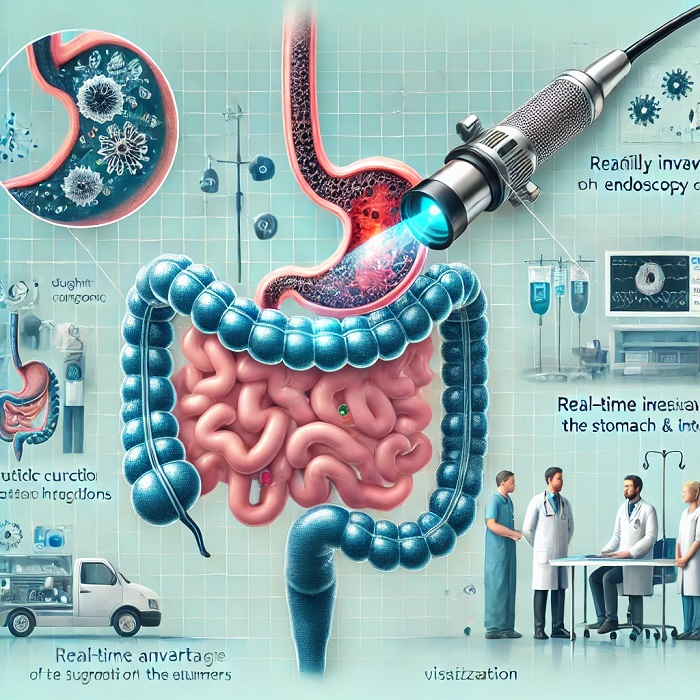
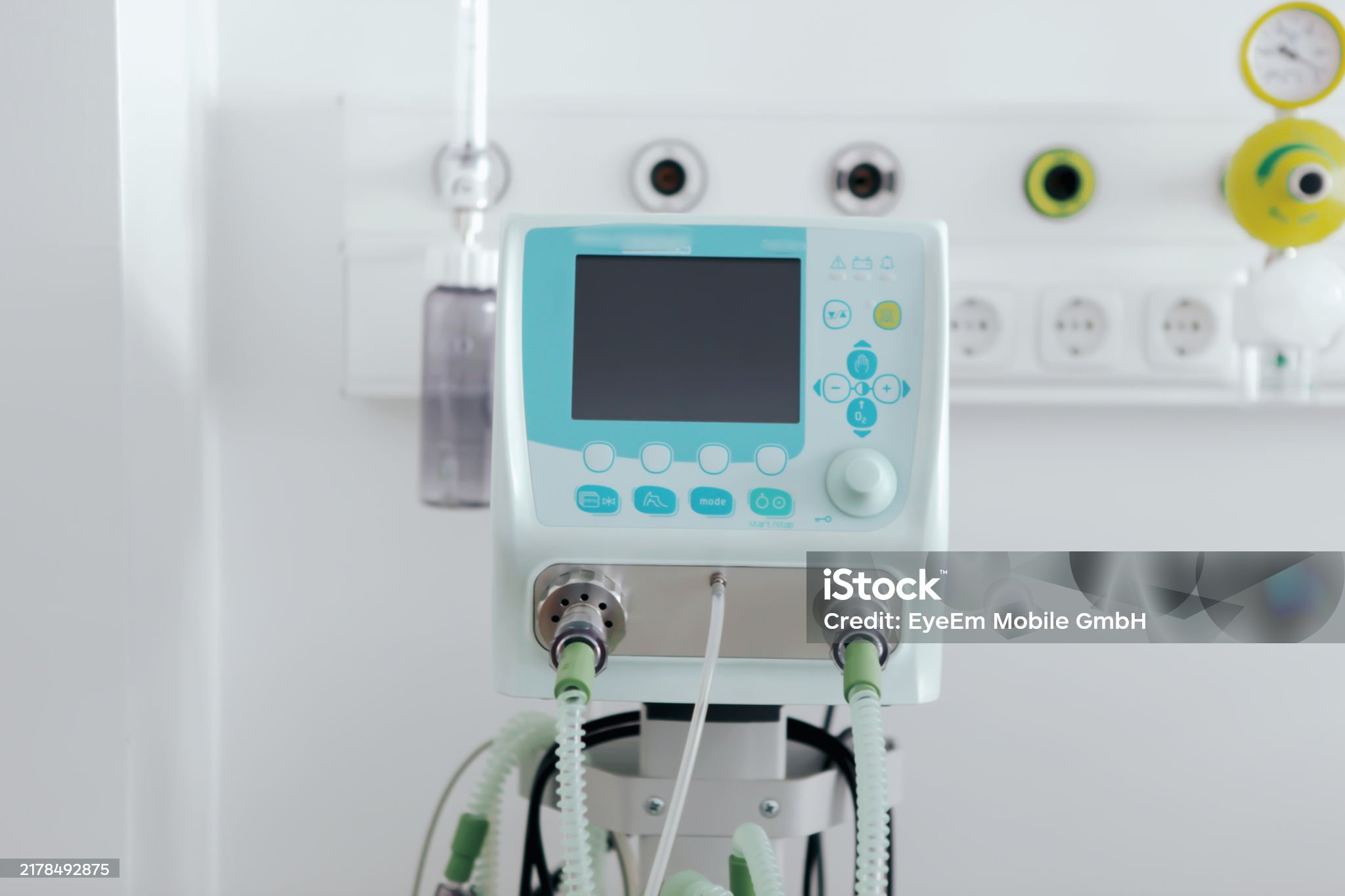
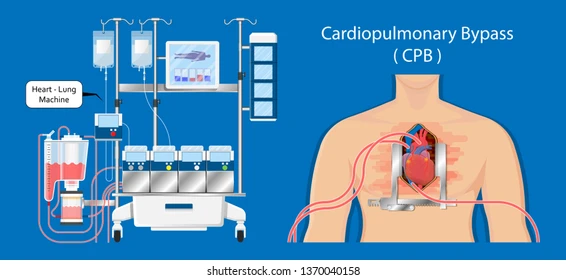

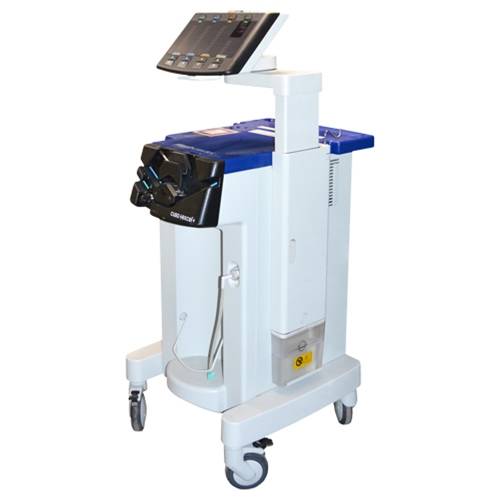
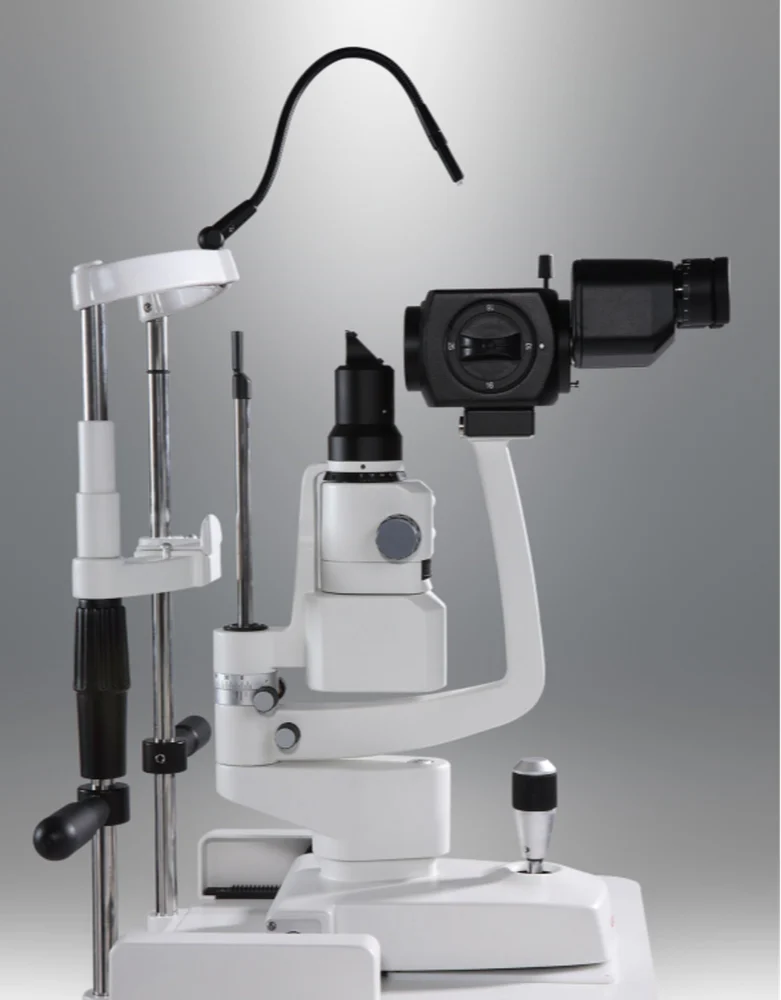
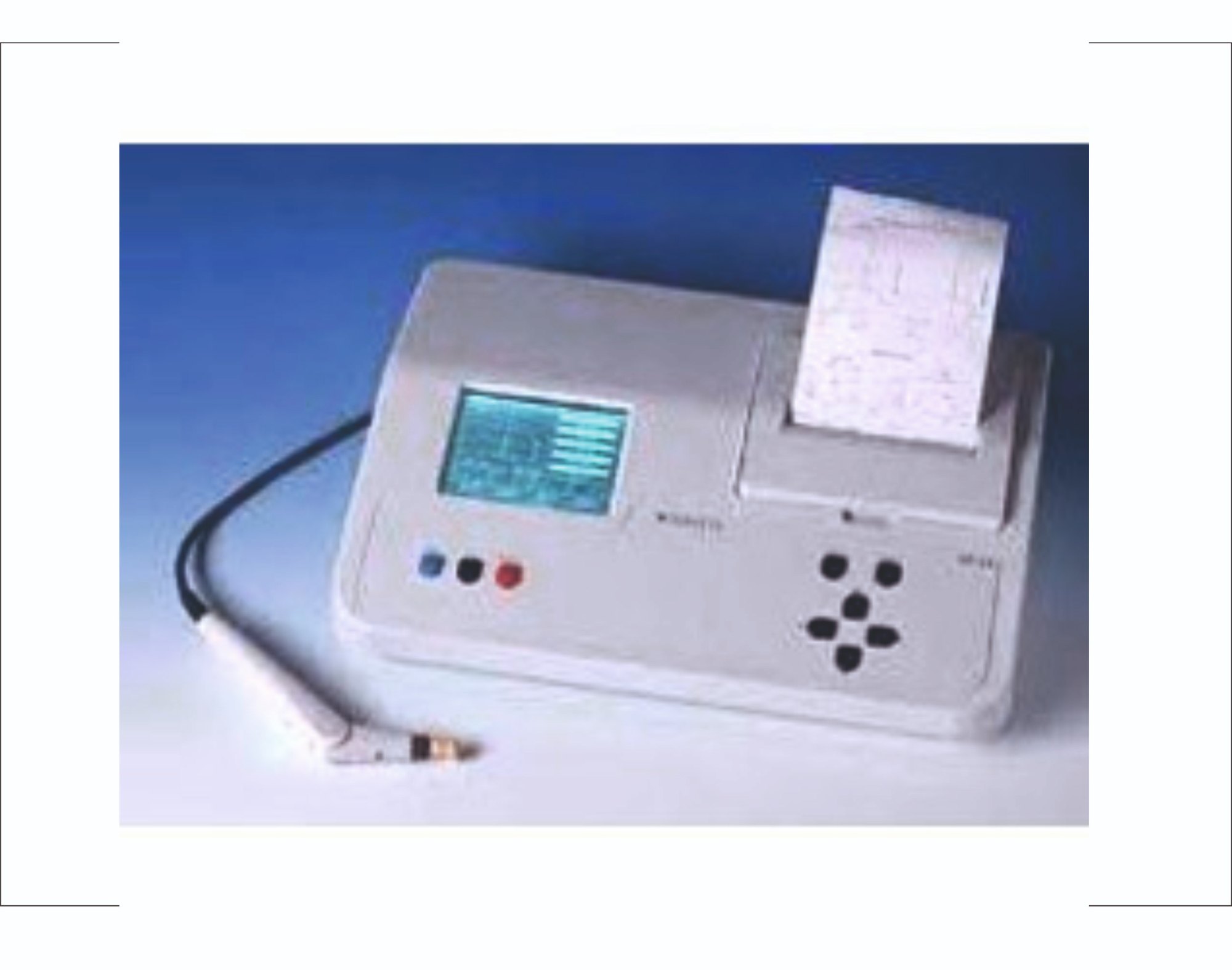
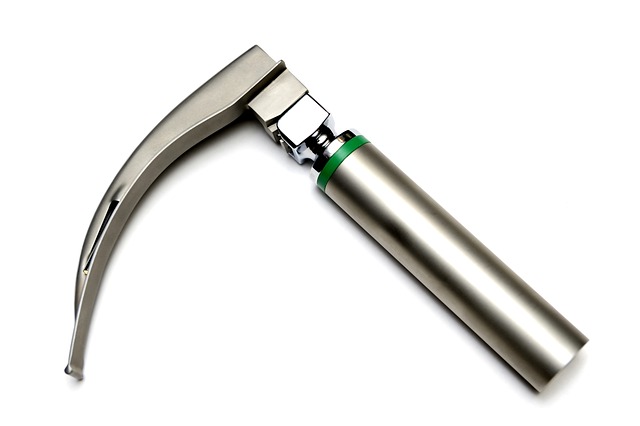

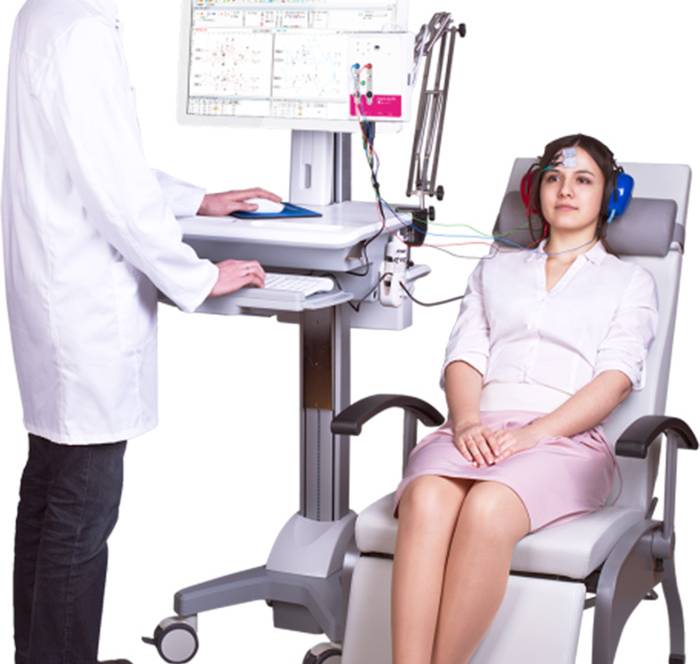
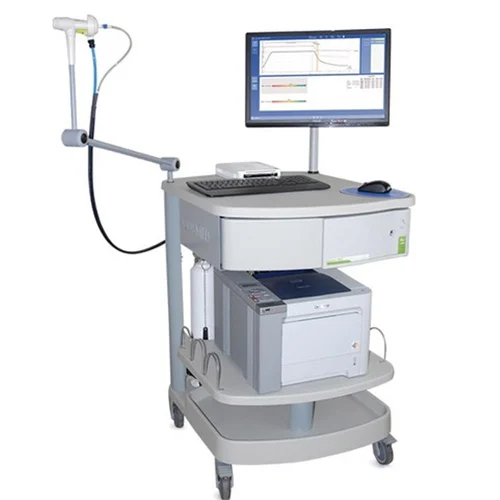


Leave a Reply